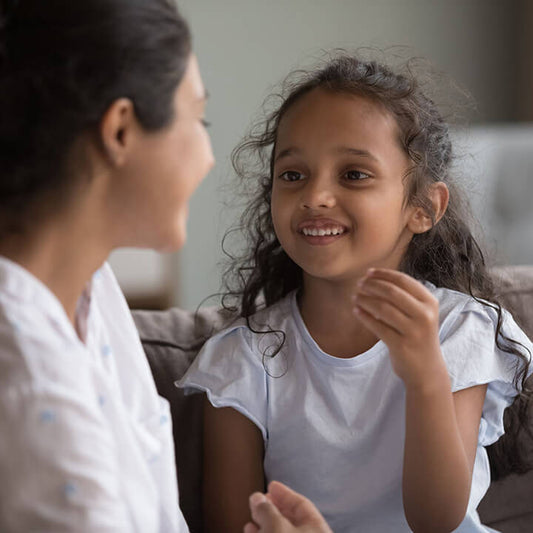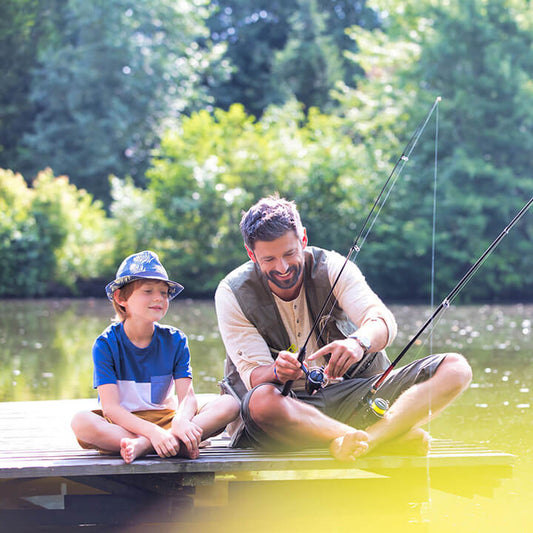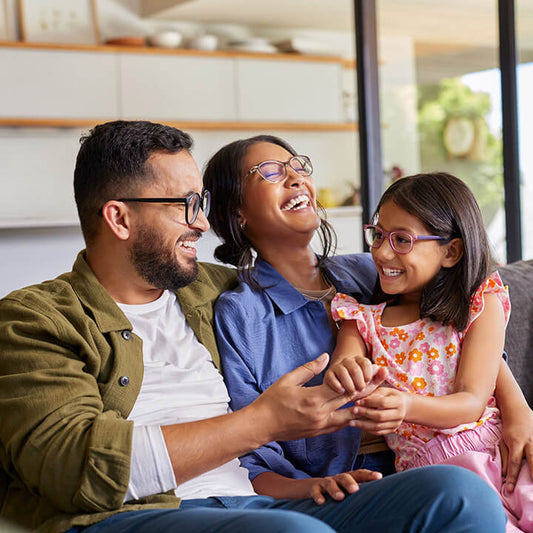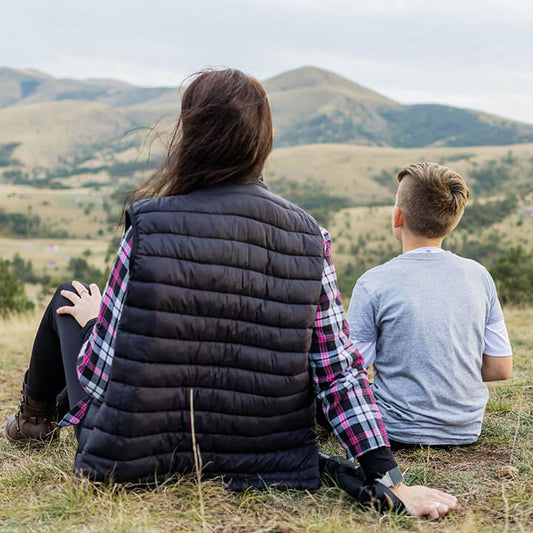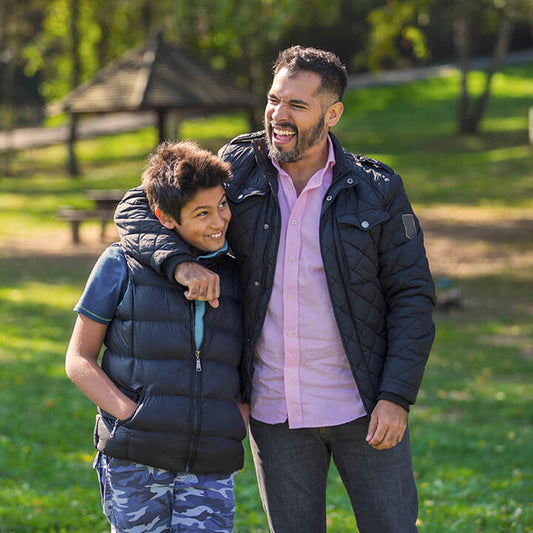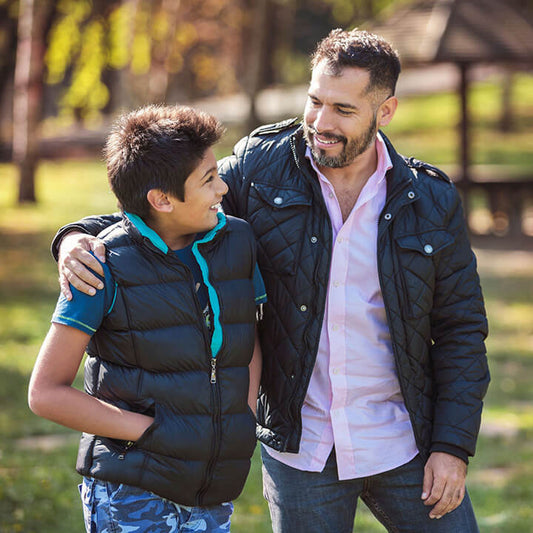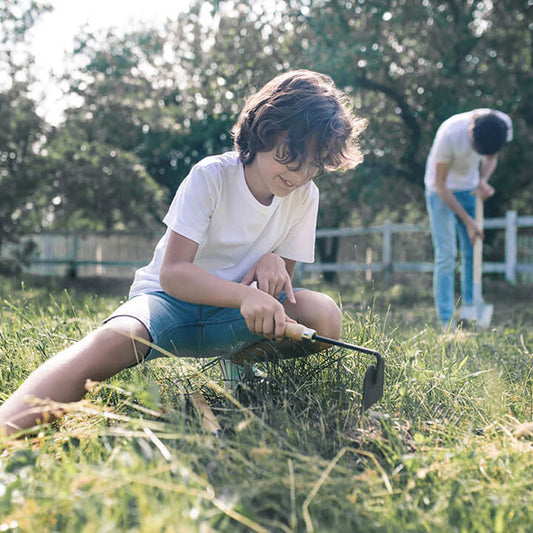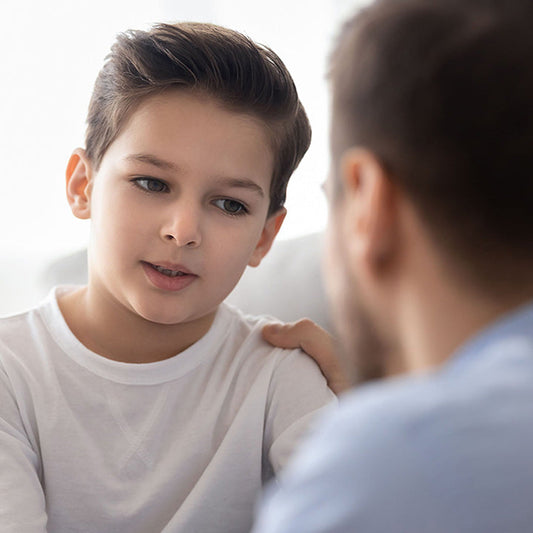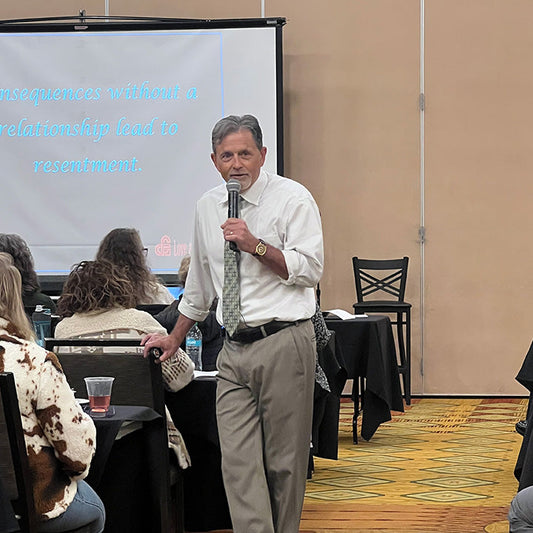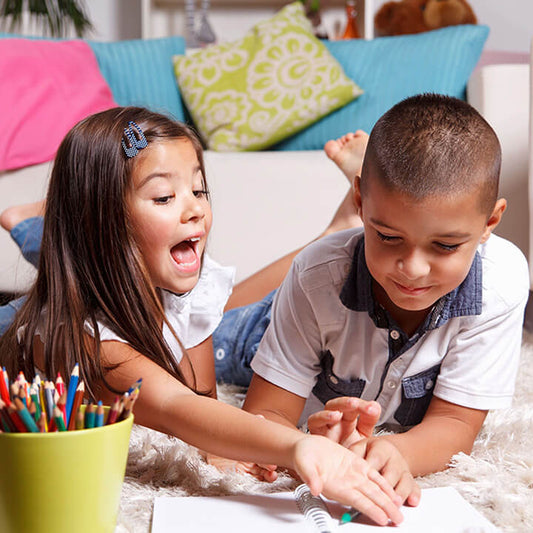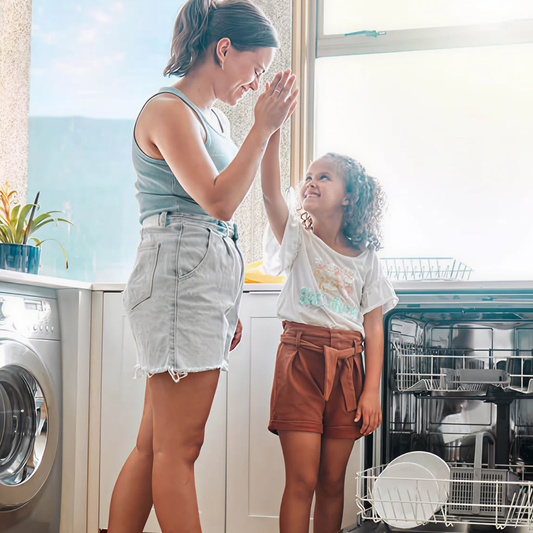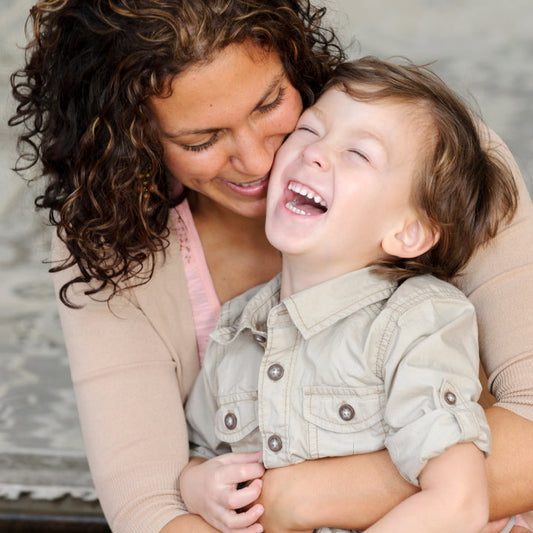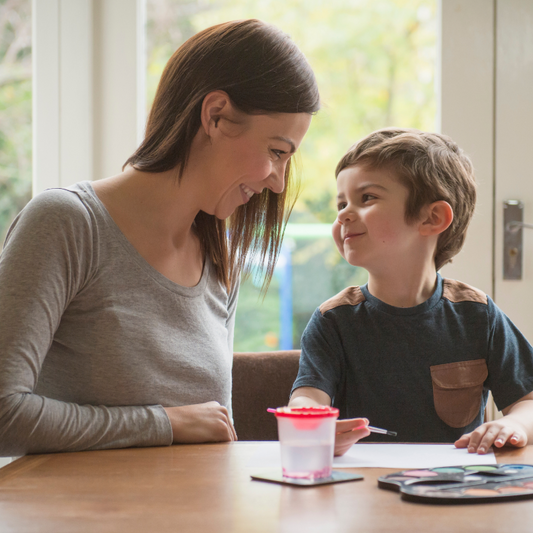Recently, we had a customer call in desperation about how to handle their child in the checkout line at a store. Many parents have experienced embarrassing moments like this, leaving them anxious about future shopping trips. They simply dread what might happen when the screaming and temper tantrums erupt again.
Every day, otherwise strong adults are brought to their knees, desperately attempting to extract their whining, screaming little ones from toy and candy aisles. In thousands of stores, calm and collected parents find themselves begging, bribing, or losing their cool—just to get through the checkout lane with some dignity intact.
This stress is often amplified by the feeling of being judged by other shoppers. But here’s the good news: those painful moments can often be avoided by using the simple, effective positive parenting solutions of Love and Logic. Try the following techniques to make your next shopping trip joyful instead of jaw-clenching.
1. Practice the “Uh-Oh Song” at Home
Practicing this skill at home prepares kids for real-life situations. It teaches them that when they act out, you’ll take action—not just give empty warnings. This helps reduce toddler tantrums in stores because expectations have already been set.
👉 Download our free Toddler Tantrum Toolkit PDF to get started using the Uh-Oh Song today!
2. Give Them a Mission Before Leaving Home
Print out pictures of the items you plan to buy and ask your child to help you find them. This gives them a sense of purpose. As they get older, let them take on new roles—like comparing prices or picking the best brand of baked beans.
3. Set Positive Expectations in the Parking Lot
Use encouraging statements like:
“I know we’re going to have a great time shopping. I’m so glad you’re here to help me!”
These are far more effective than warnings or threats. Positive framing creates a cooperative mindset before you even walk through the doors.
4. Keep the Pace Quick, Snappy, and Fun
Move quickly through the store and keep things light. When kids feel like they have to keep up with you, they’re less likely to dawdle, beg, or melt down.
5. Let the Cashier Teach a Gentle Lesson
If your child grabs something they can’t have, try saying:
“You may have that as long as you can pay for it.”
Let them talk to the cashier about how they plan to buy it—with no money. Most kids only need this humbling experience once before learning to stop grabbing items.
6. Remember: Fits Now Are Better Than Fits at Sixteen
Every meltdown now is one less later. Learning limits in the preschool years leads to better decision-making in the teen years. And a tantrum at the end of a shopping trip is far better than one at the beginning (see the tip above about learning from the cashier).
A Happier Trip Starts with a Plan
With these ideas in mind, your next trip to the store can be more enjoyable and less stressful. For more tips on getting your small child to listen the first time—and much more—check out my book, Love and Logic Magic for Early Childhood.
Thanks for reading!

















